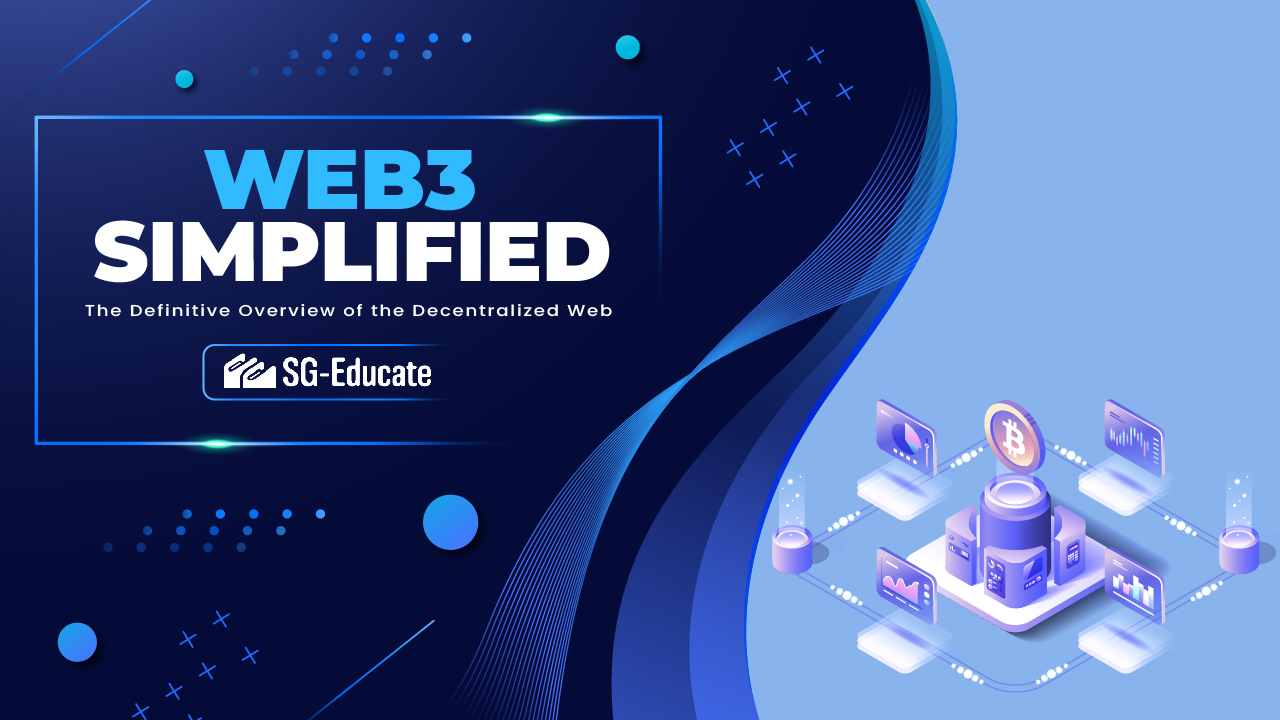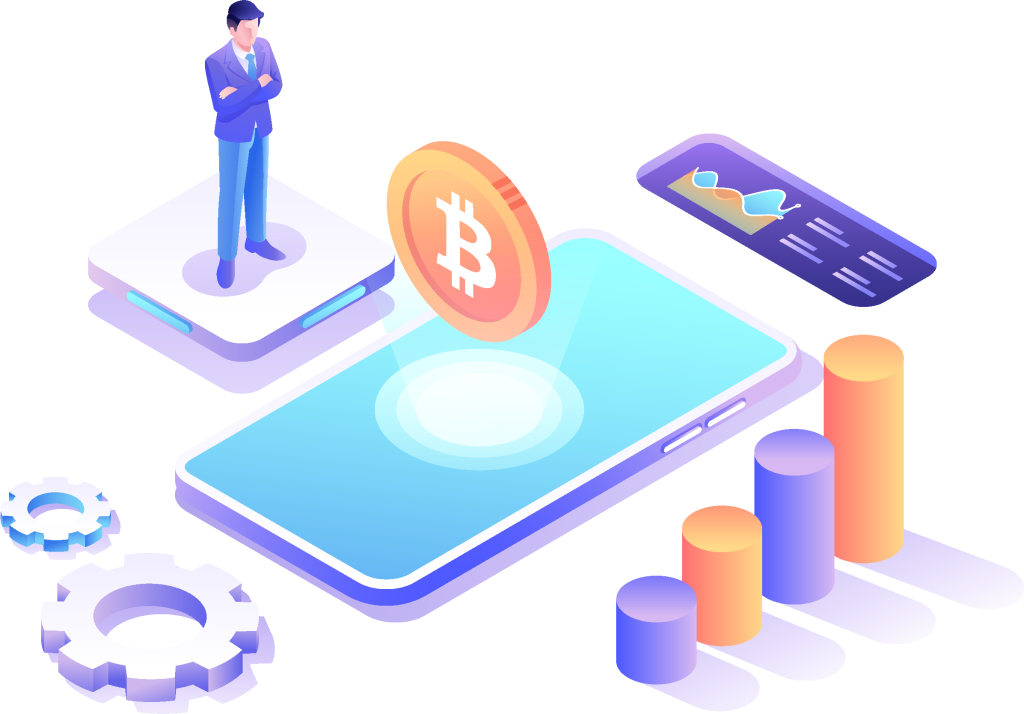- By Javeria
- January 10, 2024


In recent years, the digital landscape has witnessed a significant shift towards decentralization, giving rise to the concept of Web3. This revolutionary transformation has the potential to reshape the way we interact with the internet, from how we share data to how we conduct transactions online. In this comprehensive overview, we will delve into the key aspects of Web3 and shed light on its impact on the decentralized web.
Web3 is a collection of JS libraries that allows you to interact with an Ethereum node remotely or locally. It provides us with an API to use so we can easily work with the blockchain. Web3 is basically a connection between the Ethereum blockchain and your smart contract.
In Web3, generally, developers don’t build and deploy applications that run on a single server or that store their data in a single database. Instead, web3 applications either run on blockchains, decentralized networks of many peer-to-peer nodes (servers), or a combination of the two that forms a crypto-economic protocol. These apps are often referred to as decentralized apps, and you will see that term used often in the Web3 space.
Here are some of the key features:
Unlike Web2, where platforms have centralized control over user data and content, Web3 distributes control among its users. This means that individuals have more ownership and autonomy over their data and online interactions.
Blockchain serves as the foundational technology of Web3. It ensures security and transparency by creating an immutable and distributed ledger of transactions and data. This prevents unauthorized manipulation and fosters trust in the digital realm.
Web3 introduces the concept of cryptocurrencies and smart contracts. Cryptocurrencies enable borderless and censorship-resistant transactions, while smart contracts are self-executing agreements that automate processes without intermediaries.

Web3 aims to break down silos between platforms. Interoperability allows different applications and services to seamlessly interact with each other, enhancing the overall user experience.
Privacy is a cornerstone of Web3. Users have more control over their personal information and can choose how, when, and with whom they share it. This is a departure from the data-hungry model of Web2.
Web3 is the term that is used to describe the next era of the internet. The term refers to a decentralized online ecosystem based on the blockchain. Platforms and apps built on Web3 will be owned by users who will help to develop and maintain these services.
In the world of Web3, search engines, markets, and social networks will have no overruling lord. So, you can control your own data and have a single modified account where you can flit from your emails to online shopping and social media. In this process, you create a public record of your activity on the blockchain system.
A blockchain is a secure database that is mutually operated by users and can be searched by anyone. For participating, people are rewarded with tokens. Each block has a timestamp, data, and a hash. This is a unique identifier for all the contents of the block, sort of like a digital fingerprint.
| Web 2.0 | Web 3.0 |
| Web 2.0 commonly refers to the worldwide site that highlights the user-generated content, and usability for the end-users. Web browser technologies can be used in Web 2.0 development, it also includes JavaScript and AJAX frameworks. JavaScript and AJAX frameworks have also become the most popular ways to create web 2.0 websites. Web 2.0 is also called a participative social web. | Semantic Web or 3.0 declares to launch “world’s information” in a realistic way compared to what Google will ever achieve with the current engine schema. It is mainly true from the point of view of the machine conception as opposed to human understanding. The semantic Web requires the use of declarative ontological language such as OWL to make domain-specific ontologies. |
What is Web3?
Web3 represents the decentralized evolution of the internet, leveraging blockchain technology to create a more transparent, user-controlled digital landscape.
How does blockchain ensure trust?
Blockchain’s distributed ledger technology ensures trust by securely recording transactions and information in a transparent, immutable manner.
What are DApps?
Decentralized Applications (DApps) are software applications that run on decentralized networks, offering increased user control and data privacy.
How does Web3 impact finance?
Web3 revolutionizes finance through DeFi, enabling borderless transactions, lending, and other financial activities without intermediaries.
What are NFTs?
Non-fungible tokens (NFTs) are unique digital assets stored on the blockchain, transforming digital ownership and monetization.
What challenges does Web3 face?
Web3 adoption faces challenges of scalability, energy efficiency, and regulatory frameworks that need to be navigated for its full potential to be realized.
As we embark on the journey into the decentralized web revolution, Web3 holds the promise of transforming industries, empowering individuals and redefining the way we interact with technology. From financial transactions to digital art ownership, the potential applications are vast. The Web3 movement is not just about technology; it’s about creating a digital world that is more equitable, transparent, and user-centric. Embrace the revolution and become a part of shaping the decentralized future.
Thanks for reading